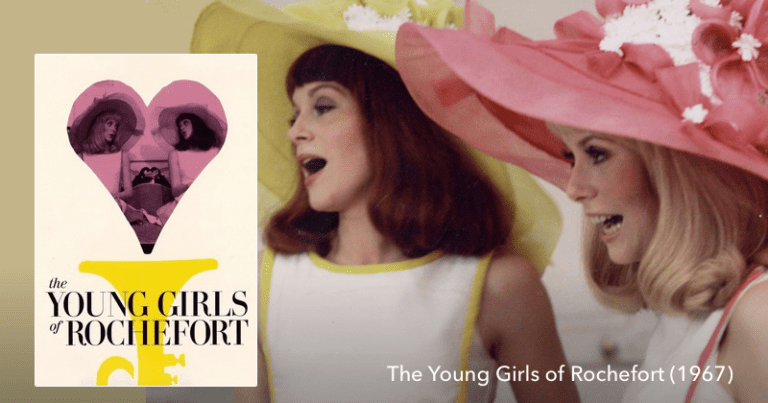
The Young Girls of Rochefort
Join us – Pete Wright and Andy Nelson – as we continue our Musicals From the 60s series with Demy’s 1967 film The Young Girls of Rochefort.
For all you proper film enthusiasts who would like to peruse the films of TruStory FM’s entertainment podcasts by release decade. Get ready for a firehose of film history in these here stacks.

Join us – Pete Wright and Andy Nelson – as we continue our Musicals From the 60s series with Demy’s 1967 film The Young Girls of Rochefort.
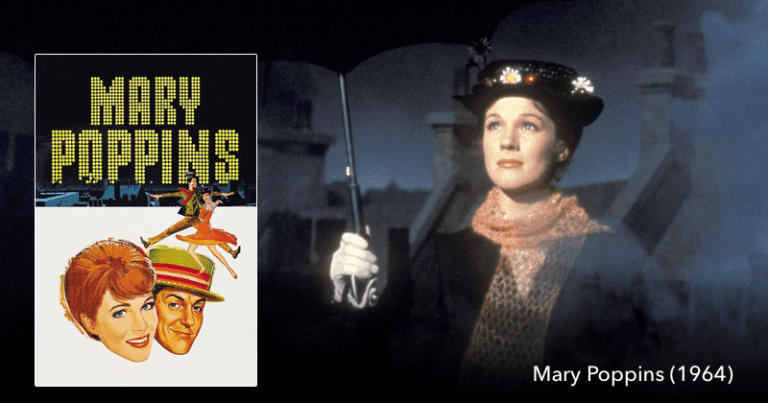
Join us – Pete Wright and Andy Nelson – as we kick off our Musicals From the 60s series with Robert Stevenson’s 1964 hit Mary Poppins.
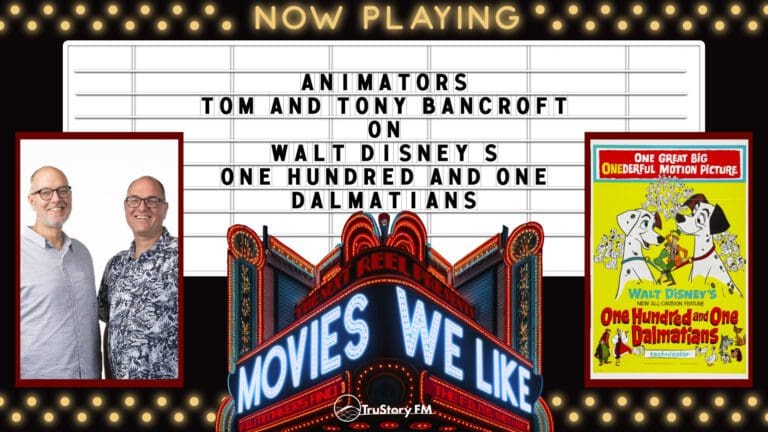
Movies We Like is our ongoing series in which we invite an industry guest to join us and bring along one of their favorite movies to talk about. In this month’s episode, we’re honored to have two guests join us to discuss one of their favorite films – it’s the Bancroft Brothers! That’s right, twin brothers Tom and Tony Bancroft, both of whom are animators, are here to chat about Disney’s 1961 classic One Hundred and One Dalmatians.
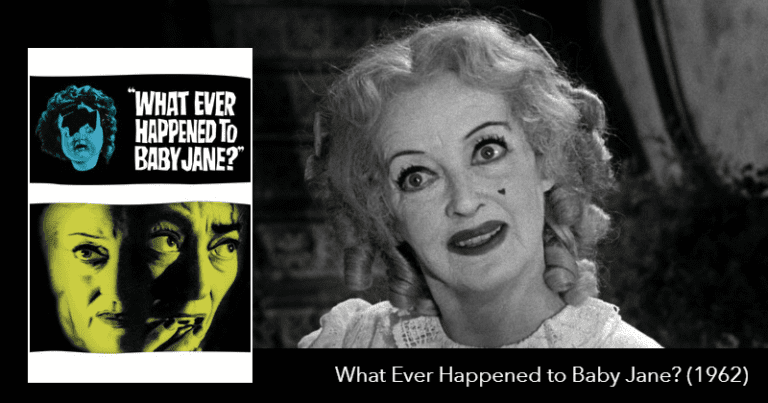
The animosity between Bette Davis and Joan Crawford almost seems the stuff of legend. Looking back from today, it’s hard to say how much there really was or if it was all conjured up by the studios and the press. But after hearing stories of the two and how things went after they collaborated on What Ever Happened to Baby Jane?, it’s clear that there really was a… competitive nature, let’s just say, between the two women. Join us – Pete Wright and Andy Nelson – as we wrap up our Bette Davis series with Robert Aldrich’s 1962 film What Ever Happened to Baby Jane?.
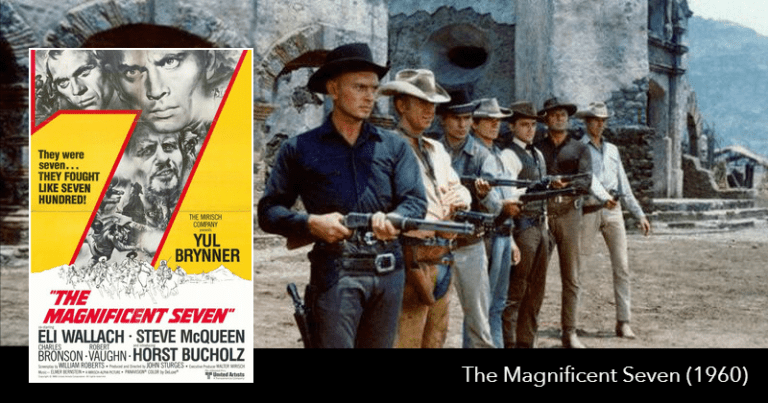
The Magnificent Seven is a breeze to watch. It’s fun. It has that clean vibe of early Hollywood westerns. Plus it’s based on Akira Kurosawa’s Seven Samurai, giving it some serious street cred. Despite all of that, however, it was quite a legal imbroglio to get made. Yet once released, it eventually became successful enough to spur three sequels, a TV series and more. Join us – Pete Wright and Andy Nelson – as we continue our Seven Samurai family series with John Sturges’ 1960 film The Magnificent Seven.
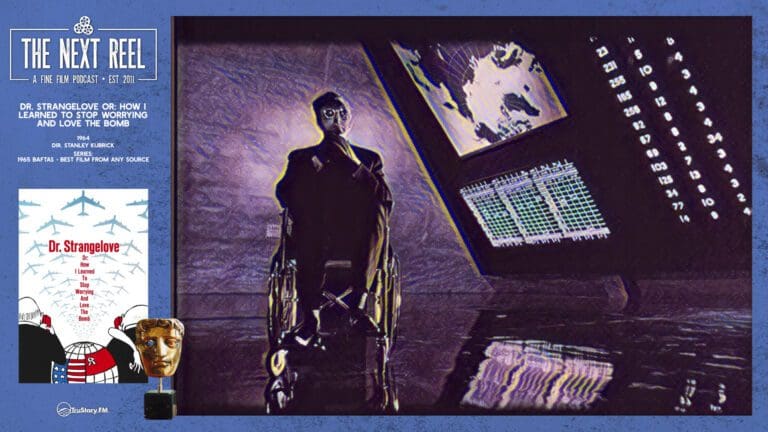
Stanley Kubrick didn’t do comedy often which is a shame because “Dr. Strangelove or: How I Learned to Stop Worrying and Love the Bomb” is arguably one of the funniest films ever made. What’s interesting is that Kubrick intended on making a serious film about one of his greatest fears at the time: the threat of nuclear war. But after several attempts at finding the right way to tell the story seriously (including one involving aliens watching us from above, discussing our penchant for destruction), he hit on the idea of making it funny. And his dark comedy classic was born. Join us – Andy Nelson and Pete Wright – as we wrap up our brief vacation challenge with Andy’s choice of his favorite end-of-the-world comedy, Kubrick’s 1964 film “Dr. Strangelove.”
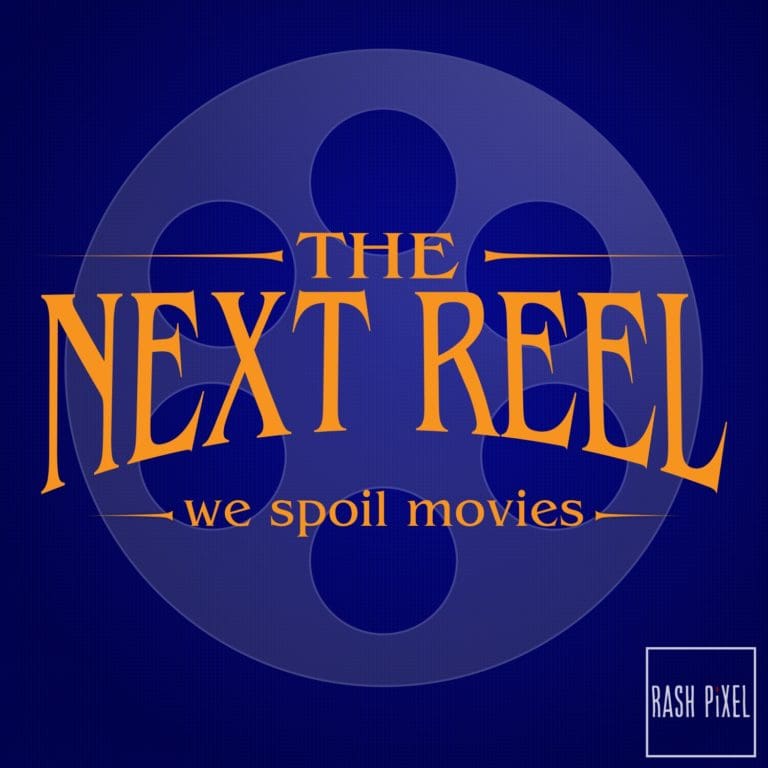
It’s time for another Listener’s Choice episode, and we’re talking about one of the all-time WWII classics. That’s right, listener Michael Cook decided that it was time for us to discuss John Sturges’ 1963 film “The Great Escape,” and man, was he right on the money. Join us – Pete Wright and Andy Nelson – as we chat about our eight listener’s choice with “The Great Escape.”
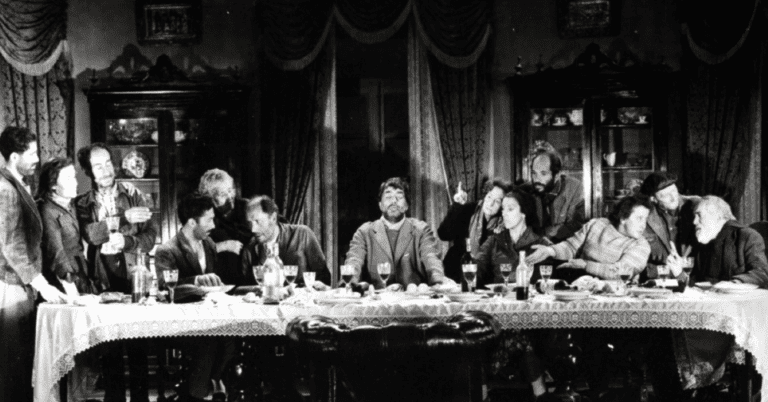
It’s time for another Listener’s Choice episode, and boy, do we have a doozy this week. Listener Diego Luis Contreras López wanted us to talk about a film from Spain and settled on Luis Buñuel’s return to his home country (and immediate departure thereafter) with his 1961 film “Viridiana.”
Join us – Pete Wright and Andy Nelson – as we delve into our sixth listener’s choice with “Viridiana.”
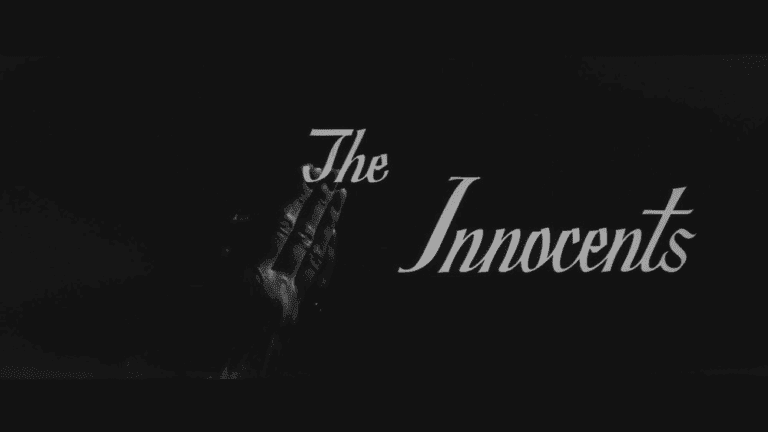
Jack Clayton’s 1961 film “The Innocents” really feels like the first in this series that’s got real scares in it, and scares that still hold up today. Martin Scorsese even put it on his list of 11 most scary films. And a lot of that is because of the atmosphere Clayton and his screenwriters (mostly Truman Capote) created with this adaptation of Henry James’ “The Turn of the Screw.” Join us — Pete Wright and Andy Nelson — as we continue our Naughty Children series with “The Innocents.”
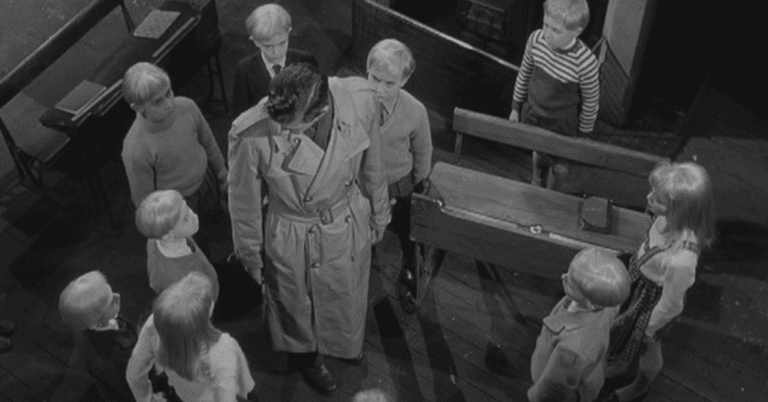
John Wyndham’s 1957 novel “The Midwich Cuckoos” is the foundation for Wolf Rilla’s 1960 film “Village of the Damned.” It’s hard to say which title may actually be worse, but the story in both seems to work for most people. It’s a decent sci-fi story that, while dated, creates an interesting scenario with all the women in a village being impregnated at the same time by some alien force. Even with that interesting scenario, however, for every element that works in favor of the film, there seems to be another working against it. At least with today’s eyes. Join us — Pete Wright and Andy Nelson — as we continue our Naughty Children series with Rilla’s 1960 film “Village of the Damned.”